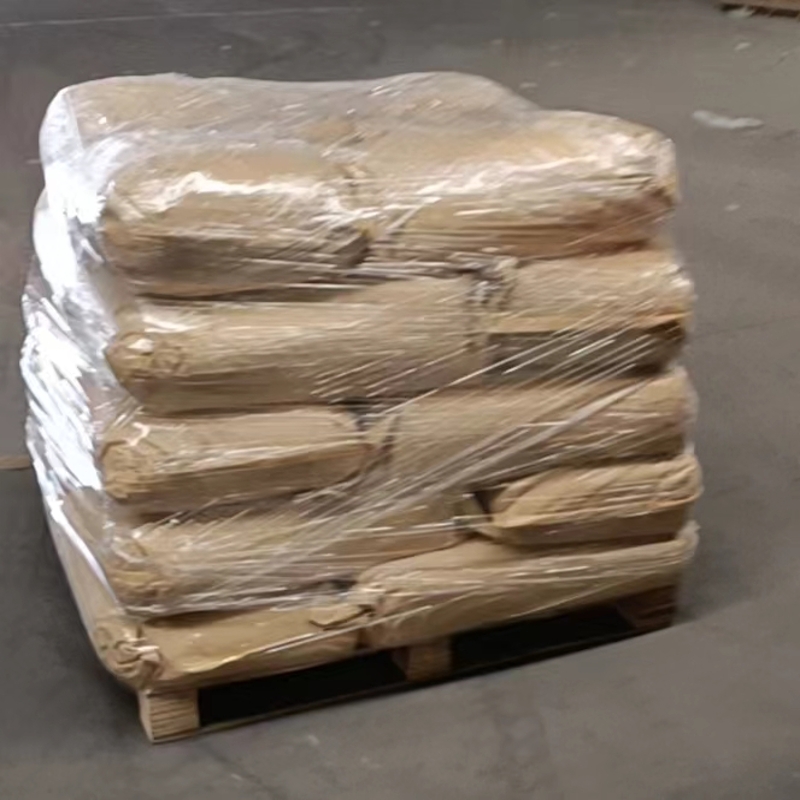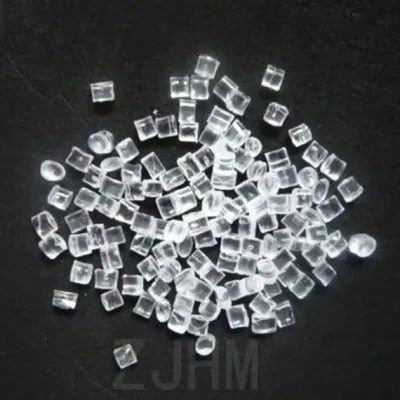-
Categories
-
Pharmaceutical Intermediates
-
Active Pharmaceutical Ingredients
-
Food Additives
- Industrial Coatings
- Agrochemicals
- Dyes and Pigments
- Surfactant
- Flavors and Fragrances
- Chemical Reagents
- Catalyst and Auxiliary
- Natural Products
- Inorganic Chemistry
-
Organic Chemistry
-
Biochemical Engineering
- Analytical Chemistry
-
Cosmetic Ingredient
- Water Treatment Chemical
-
Pharmaceutical Intermediates
Promotion
ECHEMI Mall
Wholesale
Weekly Price
Exhibition
News
-
Trade Service
When it comes to waste batteries, the first thing that comes to mind is household waste batteries and waste lead storage batteries
.
In recent years, lithium-powered batteries have begun to be accepted
as an emerging form of energy storage.
It is understood that waste lithium batteries have a high recycling value
.
China's cobalt resources are poor, the market demand is large, can only be imported from abroad, the recycling of lithium batteries can effectively alleviate this situation
.
Data show that if waste lithium batteries can be fully recycled, 240 tons of cobalt can be recycled every year, which alone is worth more than
40 million.
Unlike waste lead batteries, lithium batteries have complex structures and different specifications, making recycling and reusing difficult
.
The recycling process of waste lithium batteries is complicated, and the lithium battery materials and formulas of different manufacturers are different
.
In addition, it is difficult to directly recover high-value materials such as positive and negative electrode materials from waste lithium batteries, and it is difficult to generate direct commercial value
.
Some experts proposed the echelon utilization of waste lithium batteries, that is, lithium batteries are first used for power energy such as automobiles, and then used as energy storage after a few years when they cannot meet the standard of power energy
.
Echelon utilization is theoretically feasible, but due to the lack of unified standards for the power energy industry and the energy storage industry, the feasibility is not yet great
.
Although the recycling of lithium batteries faces many difficulties, it also faces unprecedented opportunities
.
First of all, the China Automotive Technology and Research Center predicts that by 2020, the cumulative scrap of China's electric vehicle power batteries will reach 120,000~170,000 tons
.
It can be seen that the recycling and reuse of waste lithium batteries has a broad market
.
Secondly, the support of national policies also plays a huge role in promoting the recycling and reuse of lithium batteries
.
Finally, the secondary utilization of power batteries is a global trend
.
In foreign countries, large automobile manufacturers have entered the waste lithium battery recycling industry and begun the secondary utilization
of new energy power batteries.
The global energy storage industry's profits are expected to reach $19 billion
in 2017.
When it comes to waste batteries, the first thing that comes to mind is household waste batteries and waste lead storage batteries
.
In recent years, lithium-powered batteries have begun to be accepted
as an emerging form of energy storage.
It is understood that waste lithium batteries have a high recycling value
.
China's cobalt resources are poor, the market demand is large, can only be imported from abroad, the recycling of lithium batteries can effectively alleviate this situation
.
Data show that if waste lithium batteries can be fully recycled, 240 tons of cobalt can be recycled every year, which alone is worth more than
40 million.
Unlike waste lead batteries, lithium batteries have complex structures and different specifications, making recycling and reusing difficult
.
The recycling process of waste lithium batteries is complicated, and the lithium battery materials and formulas of different manufacturers are different
.
In addition, it is difficult to directly recover high-value materials such as positive and negative electrode materials from waste lithium batteries, and it is difficult to generate direct commercial value
.
Some experts proposed the echelon utilization of waste lithium batteries, that is, lithium batteries are first used for power energy such as automobiles, and then used as energy storage after a few years when they cannot meet the standard of power energy
.
Echelon utilization is theoretically feasible, but due to the lack of unified standards for the power energy industry and the energy storage industry, the feasibility is not yet great
.
Although the recycling of lithium batteries faces many difficulties, it also faces unprecedented opportunities
.
First of all, the China Automotive Technology and Research Center predicts that by 2020, the cumulative scrap of China's electric vehicle power batteries will reach 120,000~170,000 tons
.
It can be seen that the recycling and reuse of waste lithium batteries has a broad market
.
Secondly, the support of national policies also plays a huge role in promoting the recycling and reuse of lithium batteries
.
Finally, the secondary utilization of power batteries is a global trend
.
In foreign countries, large automobile manufacturers have entered the waste lithium battery recycling industry and begun the secondary utilization
of new energy power batteries.
The global energy storage industry's profits are expected to reach $19 billion
in 2017.







